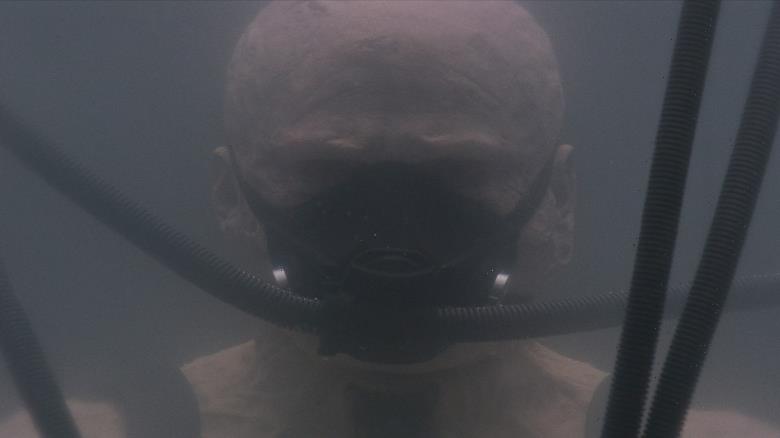[Editor’s Note: This story contains spoilers for “Obi-Wan Kenobi” Episode 3]
It is not hyperbole to call Darth Vader one of the most iconic villains of all time — and Disney just brought him back in the best way.
“Obi-Wan Kenobi” Episode 3 gave fans a wealth of live-action Vader, with Hayden Christensen donning the sleek helmet and James Earl Jones’ legendary voiceover. He commands the Third Sister (Moses Ingram), terrorizes a town, and duels Obi-Wan (Ewan McGregor), giving Star Wars fans a veritable feast of Vader footage with three whole episodes of the show remaining.
Ever since the Star Wars villain’s 1977 debut (voiced by Jones and embodied by David Prowse), Darth Vader’s rattling breath, body armor, and billowing cape have become all but synonymous with power and dread, a legacy that permeates Star Wars canon and cinema at large to this day. But unlike many eminent fictional antagonists, Vader’s universe is still expanding. Star Wars has spanned books and movies and graphic novels and television in the decades since its theatrical premiere, with no sign of stopping.
Yet in live-action, Vader remains mostly untouched. He died in “Return of the Jedi,” which eliminates the character from all sequels. 2016’s “Rogue One” surprised fans with not only a glimpse of Vader in the Death Star, but a stunning lightsaber fight sequence during the climax. While “The Mandalorian” and “The Book of Boba Fett” set intriguing precedent by de-aging Hamill in order to prominently feature adult Luke, Vader was not shoehorned into “The Force Awakens” and its sequels via flashback or any other method (the technology resurrected Peter Cushing in “Rogue One,” to mixed reviews). It’s remarkable restraint on Lucasfilm’s part, especially since the character doesn’t actually have to be de-aged at all.


“Obi-Wan Kenobi”
Lucasfilm Ltd.
As such, it would be easy to string fans along for six episodes and save a major Vader reveal and showdown for the “Obi-Wan” finale, but the show did no such thing. Vader is shown healing in his bacta tank, suiting up, and then doing what he does best: Intimidation. Before the episode ends, he comes face-to-face with Obi-Wan, and they briefly duel with lightsabers — echoes of their epic battle on Mustafar in “Revenge of the Sith,” but with Obi-Wan heavily weathered and weakened while his old padawan has been waiting for this exact moment. The fight is brief, but likely just a tease for what else “Obi-Wan” has in store.
If there were ever a time to bring Vader out of the proverbial canonic bacta tank and into the active Star Wars universe, it is with this series. “Obi-Wan Kenobi” takes place 10 years after “Revenge of the Sith,” with Vader and the Empire rising steadily to power. This Vader contains more Anakin Skywalker than any other in TV or film. He senses Obi-Wan’s presence before he attacks; For some reason — be it fear, respect, or mercy — he hesitates. As he tortures the townspeople, he’s also reaffirming his path along the Dark Side, exploiting Obi-Wan’s Jedi instinct to save the innocent in order to draw him out and destroy him. By setting the ground on fire and forcing Obi-Wan into the flames, this Vader displays a distinct, calculated sadism. He’s not out here Force-choking and dueling anybody; he wants his old Master to suffer exactly as he did, to burn nearly to death and survive only as something barely recognizable.
That lingering connection goes both ways. At the top of the episode, Obi-Wan is reeling from the news that Anakin lives, even hallucinates his hooded form in the desert. It’s thrilling to see the characters cross paths just halfway through the series, to feel the weight of their fractured bond as it still haunts them both. It is without a doubt the central relationship of this series, and a compelling case indeed for dusting off Vader’s helmet all these years later.
New episodes of “Obi-Wan Kenobi” premiere Wednesdays on Disney+.
Source: Read Full Article
